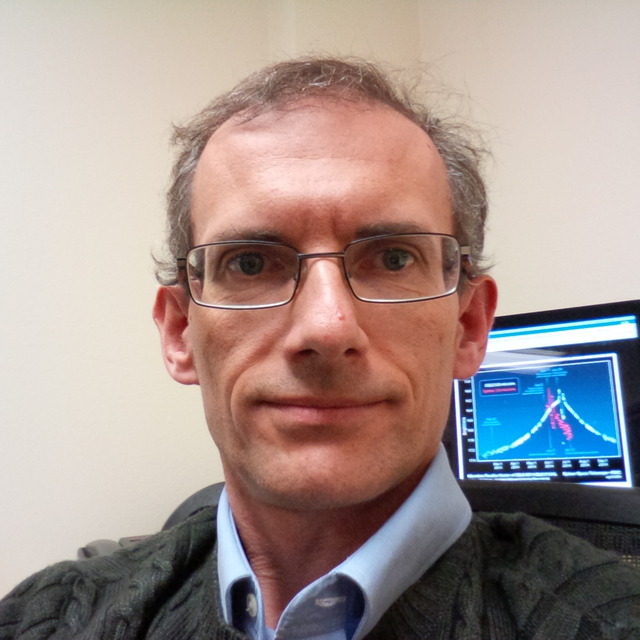August
2018
•
2018ApJ...863...23S
Authors
•
Shin, I. -G.
•
Udalski, A.
•
Yee, J. C.
•
Calchi Novati, S.
•
Christie, G.
•
Poleski, R.
•
Mróz, P.
•
Skowron, J.
•
Szymański, M. K.
•
Soszyński, I.
•
Pietrukowicz, P.
•
Kozłowski, S.
•
Ulaczyk, K.
•
Pawlak, M.
•
OGLE Collaboration
•
Natusch, T.
•
Pogge, R. W.
•
μFUN Collaboration
•
Gould, A.
•
Han, C.
•
Albrow, M. D.
•
Chung, S. -J.
•
Hwang, K. -H.
•
Ryu, Y. -H.
•
Jung, Y. K.
•
Zhu, W.
•
Lee, C. -U.
•
Cha, S. -M.
•
Kim, D. -J.
•
Kim, H. -W.
•
Kim, S. -L.
•
Lee, Y.
•
Lee, D. -J.
•
Park, B. -G.
•
KMTNet Group
•
Beichman, C.
•
Bryden, G.
•
Carey, S.
•
Gaudi, B. S.
•
Henderson, C. B.
•
Shvartzvald, Y.
•
Spitzer Team
Abstract
•
Microlensing is a powerful and unique technique to probe isolated objects in the Galaxy. To study the characteristics of these interesting objects based on the microlensing method, measurement of the microlens parallax is required to determine the properties of the lens. Of the various methods to measure microlens parallax, the most routine way is to make simultaneous ground- and space-based observations, i.e., by measuring the space-based microlens parallax. However, space-based campaigns usually require “expensive” resources. Gould & Yee (2012) proposed an idea called the “cheap space-based microlens parallax” that can measure the lens-parallax using only two or three space-based observations of high-magnification events (as seen from Earth). This cost-effective observation strategy to measure microlens parallaxes could be used by space-borne telescopes to build a complete sample for studying isolated objects. This would enable a direct measurement of the mass function including both extremely low-mass objects and high-mass stellar remnants. However, to adopt this idea requires a test to check how it would work in actual situations. Thus, we present the first practical test of this idea using the high-magnification microlensing event OGLE-2016-BLG-1045, for which a subset of Spitzer observations fortuitously duplicates the prescription of Gould & Yee (2012). From the test, we confirm that the measurement of the lens-parallax adopting this idea has sufficient accuracy to determine the physical properties of the isolated lens.
Links




